The Babyloniaca of Berossus by Stanley Mayer Burstein sources and monographs sources from the ancient near east volume 1, fascicle 5 undena publication malibu 1978 ANET FGrH Grayson JCS RLA RE
ABBREVIATIONS
Ancient Near Eastern Texts Relating to the Old Testament (1948)
Die Fragmente der Grieschischen Historiker (1923-1958)
Texts from Cuneiform Sources, vol. 5, Assyrian and Babylonian
Chronicles (1975)
Journal ofCuneiform Studies
Reallexicon der Assyriologie (1928-1938; 1957-)
Real-Encycloplidie der klassischen Altertumswissenschaft
TABLE OF CONTENTS
Abbreviations …………………………………………………………. 1
Table of Contents . . .. . . . . . . . . . . . . . . . . . . . . . ……………3
A. Introduction………………………………………………………..4
1. The Hellenistic Period and Ancient Near Eastern Civilization………………………… .4
2. The Life of Berossus . . . . . . . . . . . . . . . . . . . . . . . . . . . . . . . . . . . . . . . . . 5
3. The Babyloniaca . . . . . . . . . . . . . . . . . . . . . . . . . . . . . . . . . . . . . . . . . . . …6
4. Evaluation ………………………………………………………8
5. The Present Edition………………………………………………… IO
B. Book One: Genesis ………………………………………………….. 13
1. Prologue . . . . . . . . . . . . . . . . . . . . . . . . . . . . . . . . . . . . . . . . . . . . . . . . . . . . . 13
2. The Revelation of Oannes…………………………………………….. 14
3. The Great Year……… : ………………………………………….. 15
4. The Moon ……………………………………………………… 16
5. The Walling of Babylon ……………………………………………… 17
6. Unplaced Fragments of Book One ……………………………………….. 17
C. Book Two: The Book of Kings……………………………………………. 18
1. Kings Before the Flood ……….·…………………………………….. 18
2. The Flood . . . . . . . . . . . . . . . . . . . . . . . . . . . . . . . . . . . . . . . . . . . . . . . . . 20
3. Sages After the Flood . . . . . . . . . . . . . . .·. . . ……………………………….. 21
4. Dynasties After the Flood…………………………………………….. 21
5. Nabu-Nasir……………………………………………………… 22
D. Book Three ………………………………………………………. 23
1. Tiglath-pileser/Pulu ………………………………………………… 23
2. Sennacherib . . . . . . . . . . . . . . . . . . . . . . . . . . . . . . . . . . . . . . . . . . . …….. 23
3. Nabukadnezzar II …………………………………………………. 26
4. The Successors of Nebukadnezzar II ………………………………………. 28
5. The Persians . . . . . . . . . . . . . . . . . . . . . . . . . . . . . . . . . . . . . . . . . . . . . . . . 29
6. Possible Fragments from Book Two ………………………………………. 29
7. Doubtful Fragment ………………………………………………… 30
E. Appendices ………..·…………………………………………….. 31
1. The Authenticity of the Astronomical and Astrological Fragments……………………31
2. Berossus’ Chronology of the Dynasties after the Flood in Book Two……………………. 33
3. Berossus’ Chronology of the Reigns of Sennacherib and Esarhaddon……………………. 36
4. The Ptolemaic Canon……………………………………………….. 38
5. Concordance . . . . . . . . . . . . . . . . . . . . . . . . . . . . . . . . . . . . . . 39
INTRODUCTION
1. The Hellenistic Period and Ancient Near Eastern Civilization
Alexander the Great’s conquest of the Persian Empire marks a major turning point in the cultural history of the Ancient Near East. Unlike their Persian predecessors, the Macedonians and Greeks were not part of the Mesopotamian culture area, but true aliens, largely ignorant of and unsympathetic to the values and ideals of
the civilizations of their new subjects. True, Greeks had visited the Near East for centuries as travelers, mercenaries and merchants. They had admired and continued to admire the great antiquity and splendid monuments of. its civilizations and had borrowed various artistic motives and techniques and even so important a tool as writing from the area, but they had been and continued largely to be unable to read and understand the cuneiform and hieroglyphic scripts in which the intellectual traditions of these cultures were recorded. 1
Consequently, they were outsiders, dependent for their knowledge on the observations of travelers such as Herodotus for Egypt or romancers such as Ctesias for Mesopotamia and on such information as they could glean from the guides and other members of the Near Eastern cultures who would associate with them. Not surprisingly, the new masters’ view of their subjects was seriously distorted, being based as it was on a curious melange of shrewd if often biased observations and only partially understood oral tradition.
Among those Near Eastern intellectuals who chose to deal with their new rulers we can isolate two essentially different responses to the challenge posed by them. One group created a literature, both oral and written, of protest, composing apocalyptic prophecies of the ultimate defeat of their oppressors on the one hand and elaborating still further the folk histories of the great heroes of their cultures’ past on the other. Thus, new conquests were ascribed to Sesostris and Semiramis and alongside them chauvinistic new legends were formed around such figures as Ramses II and Nectanebo II in Egypt, Taharqa in Nubia, Moses and Abraham in Judea 11 -, and Nebukadnezzar II in Babylonia. The other group, however, more willing to cooperate with their new masters, attempted to educate them hy the publication in Greek of authoritative accounts of their respective countries’ history and culture, accounts in which the factual errors of the popular Greek authorities would be corrected; at the same time they provided an introduction to the authentic traditions of their civilizations. The
compilation of such works was a genuine innovation, involving as it did the determination of what constituted the intellectual core of a civilization and then the presentation of that core in a foreign language in such a way that it would be understood by readers almost totally ignorant of it. The greatest and only completely surviving example of such a work is the Jewish antiquities of Flavius Josephus, but the first of them was the Babylonian history of Berossus, composed about 281 B.C. and dedicated to Antiochus I.
————————-
1For examples of late Hellenistic school texts in Greek and cuneiform suggesting that some Greeks attempted to learn cuneiform, see Edmond Solberger, ‘Graeco-Babyloniaca,’ Iraq, 24 (1962) 63-72. laFor Nebukadnezzar II and Taharqa see Megasthenes, FGrH, 3C2, 715 Ff I and 11. For Ramses II see Hecataeus of Abdera, FGrH, 3A, 264, F 25.47-49; Tacitus, Annales 2.60; and for Nectanebo II see Ps. Callisthenes, Historia Alexandri Magni, 1.1-14.
For Moses and Abraham see in particular Eupolemus, FGrH, 3C2, 723 F 1; Pseudo Eupolemus, FGrH, 3C2, 724 Ff, 1-2; and Artapanus, FGrH, 3C2, 726 Ff, 2-3. For this literature see Martin Braun, History and Romance in Graeco-Oriental Literature (Oxford, 1938); and Samuel K. Eddy, The King Is Dead: Studies in the Near Eastern Resistance to Hellenism 334-31 B.C. (Lincoln, 1961).
2Berossus, FGrH, 3Cl, 680 Tt 1-3. For his priorlty to Manetho see Manetho, FGrH, 3Cl, 609 T 11; and Oswyn Murray, ‘Herodotus and Hellenistic Culture,’ Qassical Quarterly, 66 (1972) 209. Paul Schnabel, Berossus und die babylonisch-hellenistische Literatur (Leipzig, 1923) 8-10, dated the work to between 293 and 280. The more precise date of ca. 281 is based on the chronological discussion in Appendix 2. I have followed Schnabel (16) in assuming that the title of the book was Babyloniaca and that the correct spelling of his name was Berossus (3-5). In regard to the latter, however, G. Komor6czy, ‘Berosos and the Mesopotamian Literature,’ Acta Antiqua, 21 (1973) 125, has recently proposed that the form Berosos is correct and that it should be interpreted as meaning ‘Bel is his shepherd.’ Unless otherwise noted all subsequent dates in this study are B.C.
2. The life of Berossus
By the early centuries of our era Berossus had become a legendary figure. He was credited with the invention of a common type of sundial and honored in Athens for his prophecies with a statue in one of the city’s gymnasia. A family was even invented for him including a wife, Erymanthe, and a daughter, appropriately
one of antiquity’s famous sibyls, Sabbe, the Babylonian sibyl.3 Unfortunately, however, the known facts about Berossus’ life are, in contrast to the legendary, few and undramatic.
In the preface to his Babyloniaca Berossus stated that he was a contemporary of Alexander the Great, and this taken together with the fact that he wrote his book about 281 and lived for a time after that year allows us to set the date of his birth no earlier than about 350. In addition, he identified himself as a priest of Bel of Chaldaean origin. This implies, and the fragments of his book confirm, that he received a normal scribal education in the traditional Sumerian and Accadian classics. 4 Further, his ability to write in Greek, his familiarity with popular Greek conceptions of the Babylonian past, and the very fact of his writing a book such as the Babyloniaca for the instruction of Antiochus I points to his being a member of the Seleucid court, (perhaps one of the Chaldaean astrologers consulted by Seleucus I and his predecessors.5 Finally, some time after 281 Berossus abandoned Babylon and settled on the Ptolemaic island of Cos where, we are told, he became the first to give formal instruction to the Greeks in Chaldaean astrology.6 .
Scant though they are, these few facts about Berossus’ life in contrast to the later “Berossus legend” are helpful in the understanding of his book. They identify Berossus as an individual suspended between two cultures, Babylonian and Greek. Steeped in the traditions of Babylon and of its priesthood and proud of them, Berossus still accepted the new Greco-Macedonian regime as legitimate and had adjusted himself to it. For such a person the ignorance of the Greeks and Macedonians he associated with must by itself have been annoying, but Seleucus I’s deliberate policy of degrading Babylon and its shrines by transferring most of its population to his new capital city of Seleucia on the Tigris and the consequent friction between him and the priesthood can only have been deeply disturbing.7 It is tempting to think that Berossus saw in the accession of Antiochus I, long resident in Babylon as governor of the upper satrapies, the possibility of reversing this policy and wrote his book in the hope that a true account of the Babylonian past and its significance and of the proper relationship between the Chaldaean priesthood and a king might aid in inducing Antiochus to
repudiate his father’s policies. If so, then Berossus’ abandonment of Babylon in old age for Cos, Continue reading ‘The Babyloniaca’ of Berossus – by Stanley Mayer →

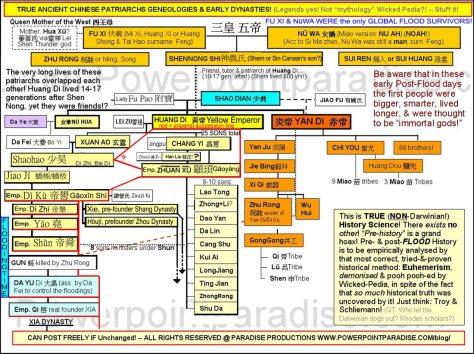
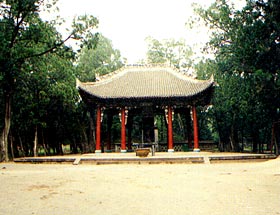 A distant view of the Yellow Emperor Mausoleum
A distant view of the Yellow Emperor Mausoleum Tombstone and grave mound of the Yellow Emperor Mausoleum
Tombstone and grave mound of the Yellow Emperor Mausoleum
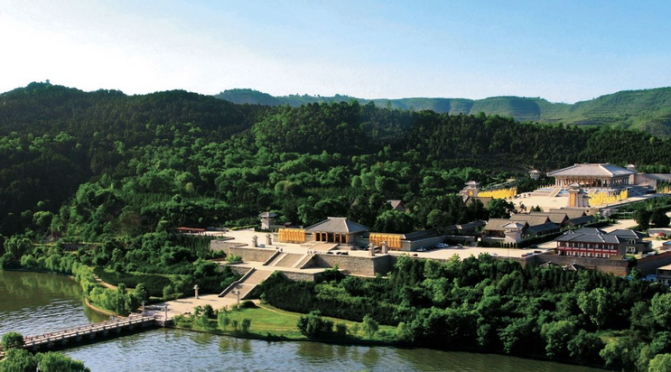
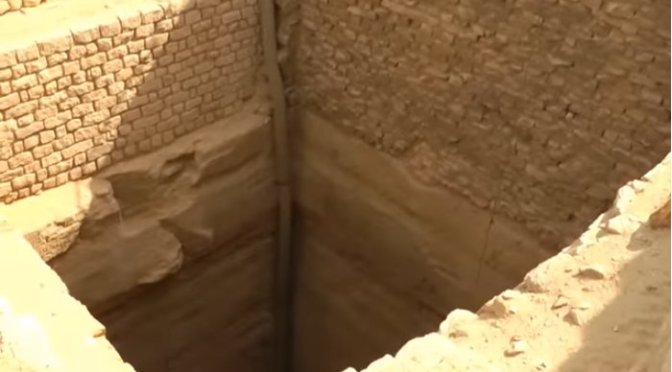
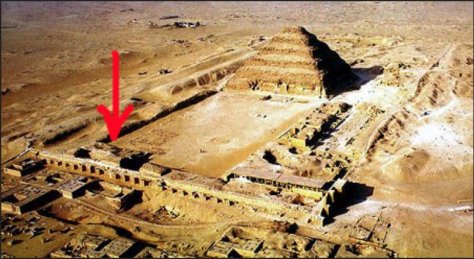 I am not necessarily a close fan of H. Gruver, but he also proves the truthfulness of Ron Wyatt‘s archaeology. The discovery of the deep grain bins near the Saqqara Step Pyramid of Imhotep, who therefore is proven to be identical to the Biblical Joseph, son of Jacob, son of Isaac, son of Abraham, who became second in command under the Pharao (Zoser or Djozer) . It once again proves the historicity of the Book of Genesis in the Tanakh, one of the Five Books written by Moses or also called the Pentateuch!
I am not necessarily a close fan of H. Gruver, but he also proves the truthfulness of Ron Wyatt‘s archaeology. The discovery of the deep grain bins near the Saqqara Step Pyramid of Imhotep, who therefore is proven to be identical to the Biblical Joseph, son of Jacob, son of Isaac, son of Abraham, who became second in command under the Pharao (Zoser or Djozer) . It once again proves the historicity of the Book of Genesis in the Tanakh, one of the Five Books written by Moses or also called the Pentateuch!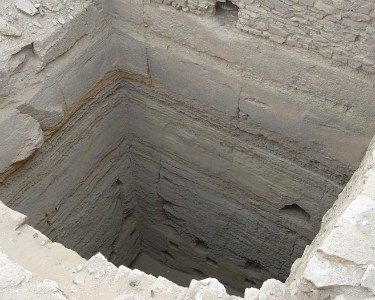
 IF we don’t care to consider these proofs of Bible accuracy.. we are without excuse if we continue to believe Darwin & his soul-damning LIE of humans descending from animals or other species, which genetically is impossible. For your notebook or desktop computer to get more faculties/capabilities, it needs more CODE or INFORMATION in the form of software, and often acquire more hardware even to make it capable. Information does not just ‘fall from the sky’ in some undefined, empirically never proven, unknown non directed process that these 19th century Darwinian spinsters &
IF we don’t care to consider these proofs of Bible accuracy.. we are without excuse if we continue to believe Darwin & his soul-damning LIE of humans descending from animals or other species, which genetically is impossible. For your notebook or desktop computer to get more faculties/capabilities, it needs more CODE or INFORMATION in the form of software, and often acquire more hardware even to make it capable. Information does not just ‘fall from the sky’ in some undefined, empirically never proven, unknown non directed process that these 19th century Darwinian spinsters & 
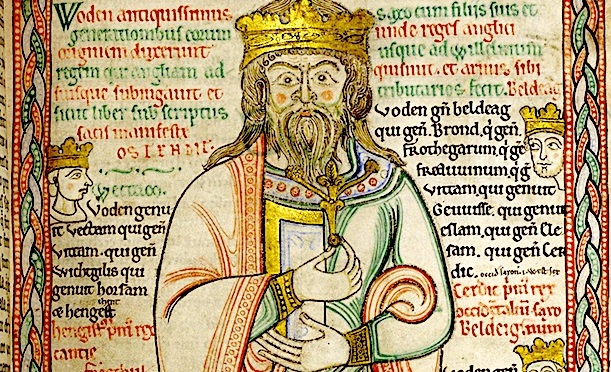
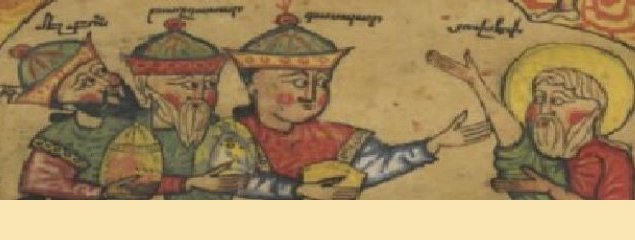

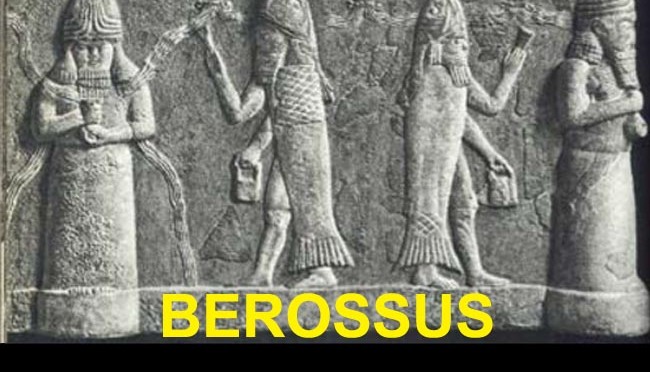
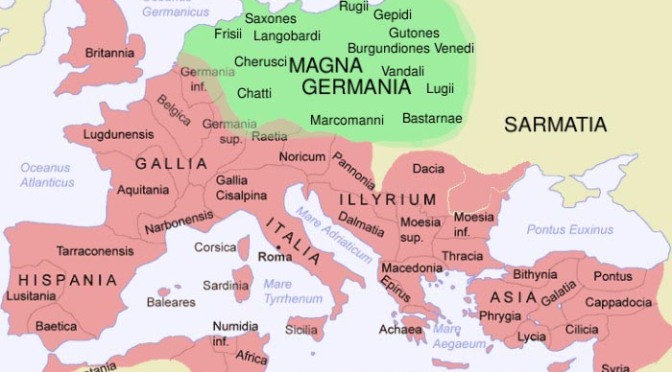
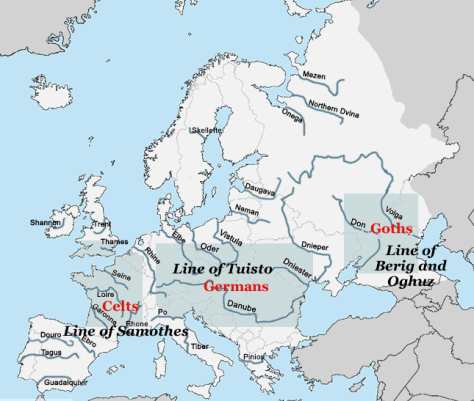
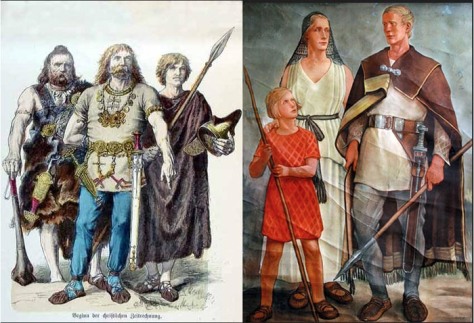


![First Geological Evidence for China’s [Da Yu’s] “Great Flood” Uncovered](https://ancientpatriarchs.files.wordpress.com/2017/06/chinese-myth-legend-2-yu-controlled-the-flood.jpg?w=640&h=361&crop=1)


